Oegosan Onggi Village (외고산옹기마을)
11.9Km 2025-03-28
36, Oegosan 3-gil, Ulju-gun, Ulsan
+82-52-237-7894
* Please be advised that this is located in one of the areas affected by the recent wildfire (as of March 27, 2025).
** For real-time wildfire information and emergency upates, visit the Korea Forestfire Information website and the National Disaster and Safety Portal.
Oegosan Onggi Village was established when earthenware master Heo Deok-man settled in the area in 1975. The village today showcases a massive collection of various earthenware products, which creates a unique sight. Over 50% of the country's earthenware products are crafted at this village. The village also features several attractions for visitors to enjoy, such as the Ulsan Onggi Museum, which houses the largest earthenware pottery recognized by the Guinness Book of World Records; and the annual Ulsan Onggi Festival, with many diverse activity programs.
GS25 - Ulsan Shinbok Branch [Tax Refund Shop] (GS25울산신복점)
11.9Km 2024-06-26
12, Sinbok-ro 21beon-gil, Nam-gu, Ulsan
-
Myeongseondo Island (명선도)
13.3Km 2024-10-14
Jinha-ri, Seosaeng-myeon, Ulju-gun, Ulsan
Myeongseondo Island is an uninhabited island near Jinha Beach in Ulju-gun, Ulsan. The island takes on a vibrant appearance after the sun sets, with various media art displays lighting up the pathways. The island is accessible via a temporary bridge set up during the admission times.
Jinha Beach (진하 해수욕장)
13.7Km 2024-12-03
Jinhari, Seosaeng-myeon, Ulju-gun, Ulsan
+82-52-204-0351~4
◎ Travel information to meet Hallyu’s charm - TV series"See You in My 19th Life"
This is the beach that Seo-ha and Do-yoon, Ji-eum and Cho-won walked side-by-side. Jinha Beach is one of the most popular summer getaways in Ulsan when the blue sea, evergreen pine trees, and the Myeongseondo Island to the distance create together a breathtaking view. It is also a popular destination at night because Myeongseondo Island is illuminated with lights and media art pieces like tigers and waterfalls.
Ulsan Wild Flower Learning Center (울산 들꽃학습원)
13.8Km 2021-06-08
52, Dusan-ro, Ulju-gun, Ulsan
+82-52-211-9163
The Wild Flower Learning Center in Ulsan is a nature-friendly education facility, where students of all levels can learn about the beauty and importance of flowers. Here students can plant vegetation that they have learned about in textbooks, as well as the wild flowers that grow in the Ulsan area. The center also serves as a training center for teachers to learn about plants introduced in textbooks, and a place for Ulsan citizens to relax.
Gang-dong Sea Water Spa (강동해수온천)
13.8Km 2024-02-20
1418 Donghaean-ro, Buk-gu, Ulsan
Gang-dong Sea Water Spa is a hotspring that utilizes seawater from the sea in front of Jeongja, boiling it at temperatures exceeding 100°C, resulting in high salinity and excellent sterilizing effects. The facility offers a range of baths, including Iodine Bath, Cold Seawater Bath, Hot Seawater Bath, and Trench Hot Bath. Renowned for the exceptional quality of its seawater, the hotspring attracts numerous visitors seeking its therapeutic benefits. The breathtaking view of the sea from the baths adds to the overall experience.
Seosaengpo Waeseong Fortress (서생포왜성)
13.9Km 2020-02-05
Seosaeng-ri, Seosaeng-myeon, Ulju-gun, Ulsan-si
+82-52-204-0324
Seosaengpo Waeseong Fortress
(Seosaengpo Japanese Fortress) is a stone fortress typical
of the Japanese style popular in the later part of the 16th century. It was built under the leadership of Japanese General Kato Kiyomasa in
1592-1593 at the beginning of the Imjinwaeran War (Japanese invasion, 1592-1598). The main fortress is located on a mountaintop 200 meters above
sea level, a second fortress is halfway down the mountain, and a third fortress is
located at the bottom of the mountain. The whole fortress is rectangular shaped. The fortress wall is 6 meters high and slants at an angle of 15 degrees.
In 1594, a Buddhist monk named Samyeong-daesa came to Seosaengpo Waeseong Fortress four times to negotiate for peace, but he failed each time. In 1598, the fortress was taken over
by Korea with the assistance of General Magwi of the Ming dynasty. A year later, Changpyodang Shrine was built in honor of 53 Koreans
who died during battles against the Japanese invading forces. However, the shrine was destroyed during the Japanese imperialism period and no
trace of it remains. It is possible to tell from Seosaengpo Jinseongdo (a map drawn up in 1872) that the fortress was also partially used by Korean forces.
Badabaragi (바다바라기)
14.4Km 2019-05-24
111, Jeongja 1-gil, Buk-gu, Ulsan
+82-52-282-8866
Badabaragi is a restaurant with an ocean view in the Buk-gu district of Ulsan, specializing in snow crabs and fresh raw fish. Featuring elegant exterior and interior designs, the restaurant also offers some light meal options in addition to sliced raw fish and snow crab dishes. Only the freshest fish caught and delivered each day are served. The restaurant also operates a snow crab market, thereby offers snow crab dishes at affordable prices. A variety of side dishes made with fresh seafood accompany the main dishes. Abalone or conch porridge is available for young children who cannot eat raw fish or snow crab. A popular menu item is jjambbong mulhoe (mixed sliced raw fish with water and spicy sauce).
Homeplus Stores - Ulsan Buk-gu Branch [Tax Refund Shop] (홈플러스스토어즈 울산북구)
14.5Km 2024-04-23
26, Sindap-ro, Buk-gu, Ulsan
-
Anian Park (애니언파크(울산 반려동물 문화센터))
14.7Km 2024-10-30
108 Hogyemaegok 6-ro, Buk-gu, Ulsan
Anian Park is the first pet culture complex in the southeastern region of Korea, divided into separate sections for large and small breeds of dogs. The complex is complete with a playground, water play zone, pet bath and more. The facility also offers etiquette classes for pets and owners, as well as certification programs.
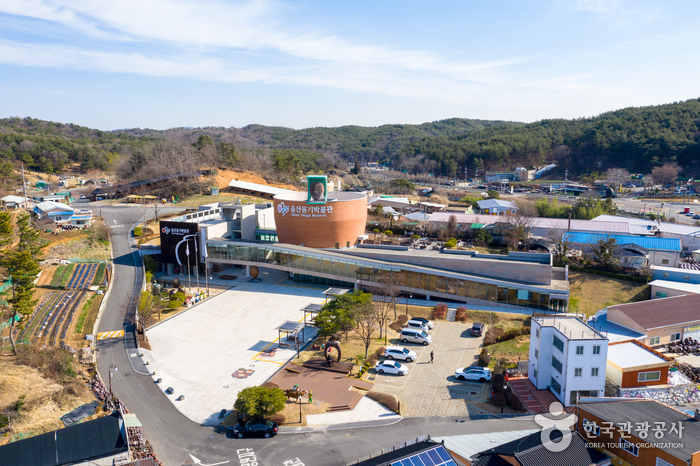

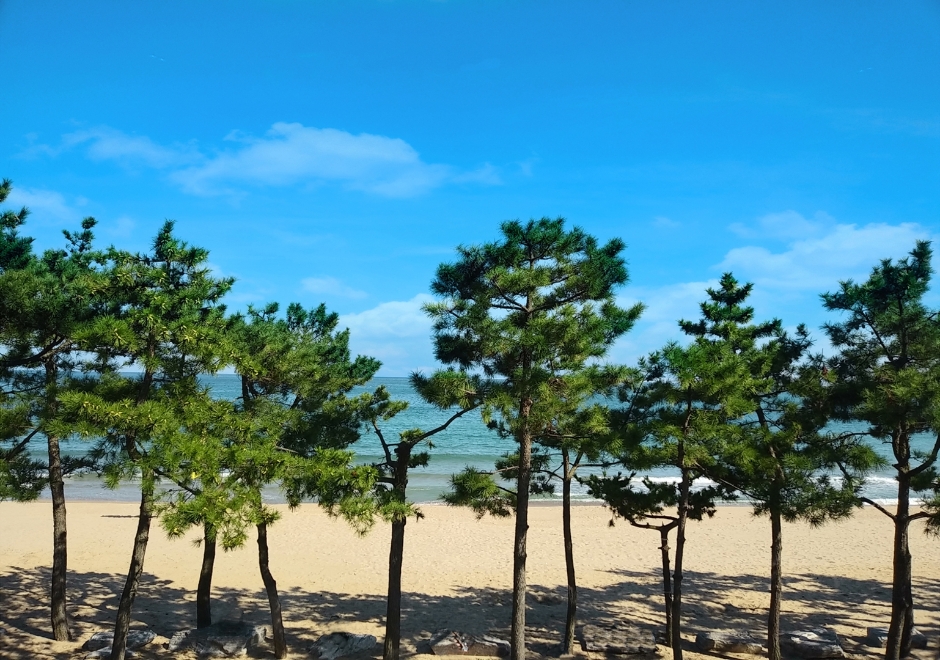
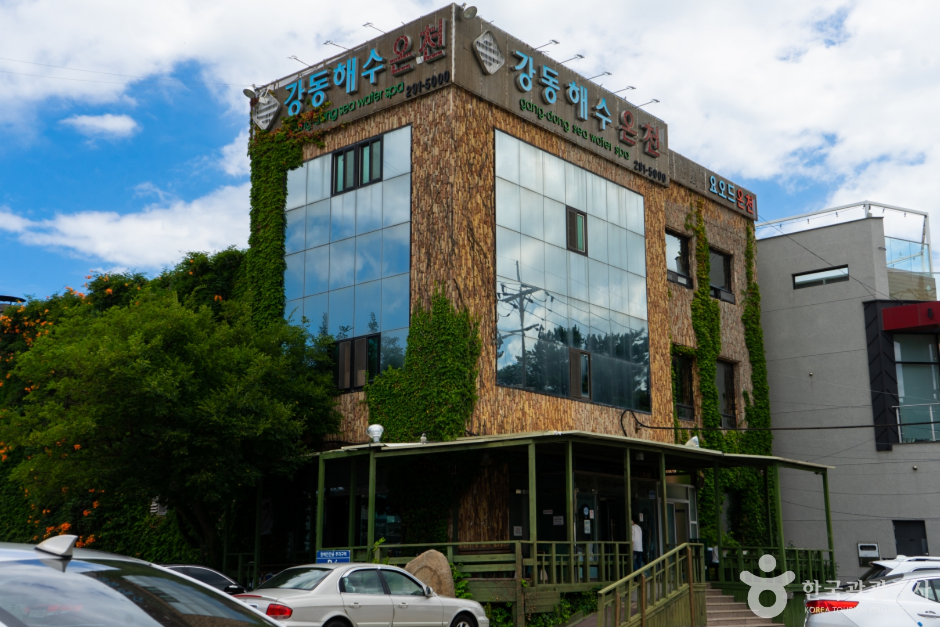
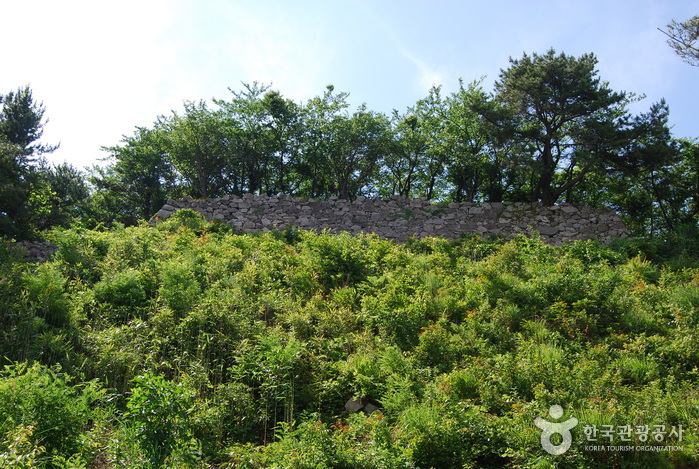
![Homeplus Stores - Ulsan Buk-gu Branch [Tax Refund Shop] (홈플러스스토어즈 울산북구)](http://tong.visitkorea.or.kr/cms/resource/71/2884171_image2_1.jpg)
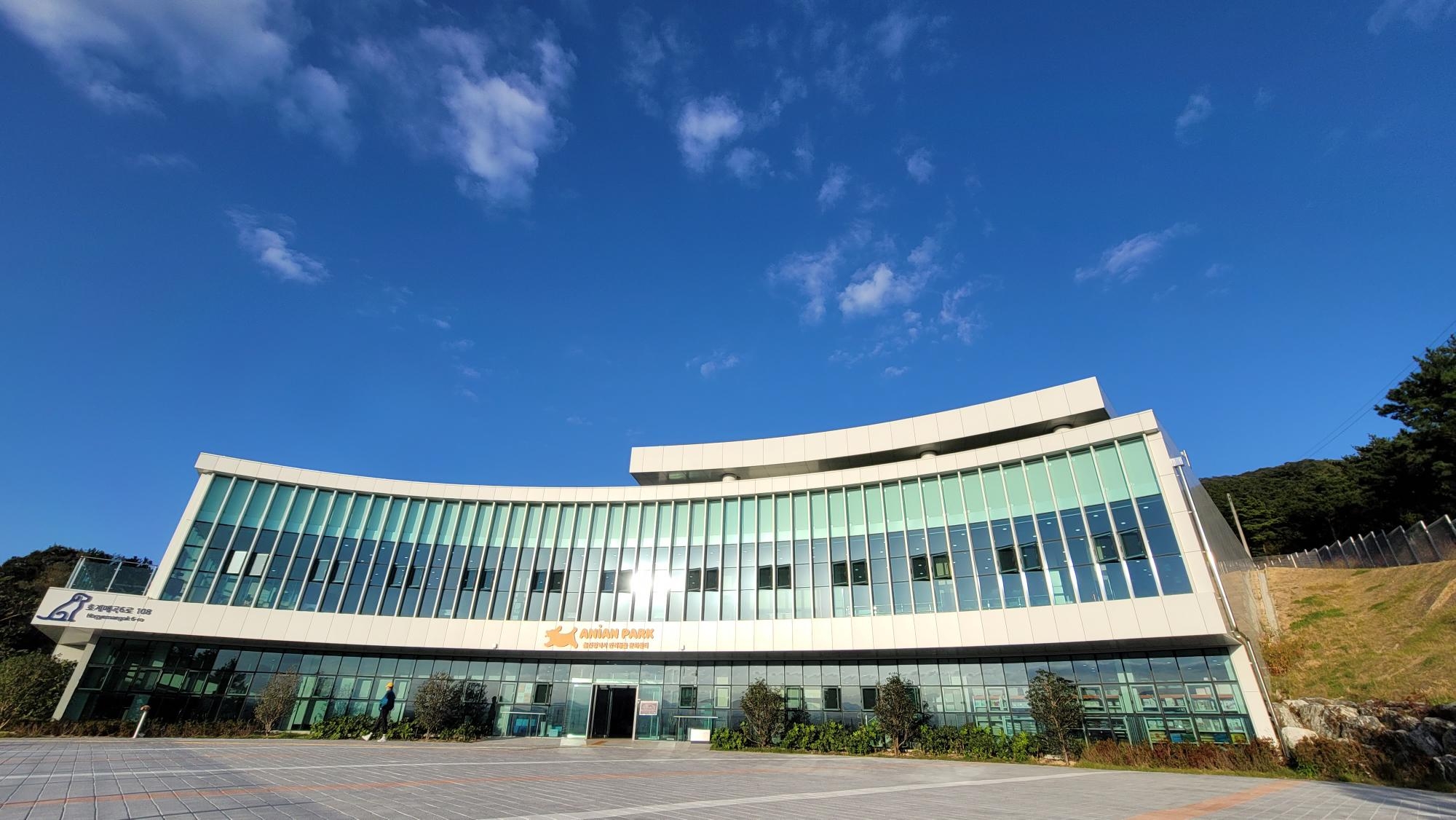
 English
English
 한국어
한국어 日本語
日本語 中文(简体)
中文(简体) Deutsch
Deutsch Français
Français Español
Español Русский
Русский